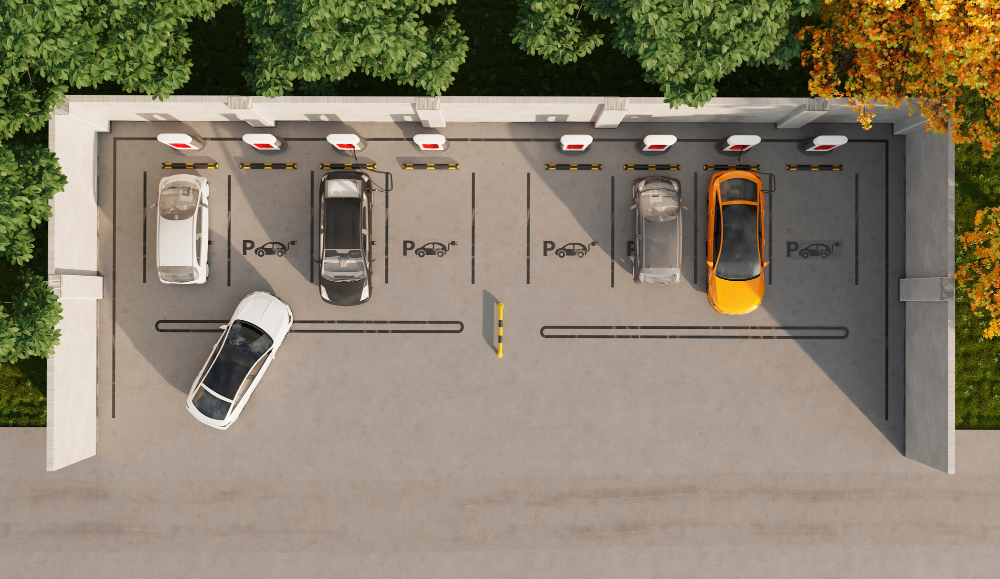12921 84 Ave Unit 107, Surrey, BC V3W 1B3
Call us: +1 (604) 617-0005
12921 84 Ave Unit 107, Surrey, BC V3W 1B3
Call us: +1 (604) 617-0005

Retrofitting Your Car with Parking Sensors
Parking sensors can make parking easier and prevent minor collisions. If your car didn't come equipped with them, you can retrofit aftermarket parking sensors yourself. This guide explains how to install parking sensors to enhance your vehicle's safety features.
Benefits of Parking Sensors
- Improved Safety: Alerts you to obstacles while parking.
- Prevent Damage: Reduces the risk of scratches and dents.
- Increased Convenience: Makes tight parking spaces easier to navigate.
"Parking sensors add an extra layer of awareness, making parking stress-free."
Tools and Materials Needed
- Aftermarket parking sensor kit
- Drill with hole saw attachment (usually included in the kit)
- Wire strippers and crimpers
- Electrical tape
- Multimeter (optional)
- Owner's manual
Step-by-Step Parking Sensor Installation Guide
1. Plan the Installation
Read the instructions provided with your kit. Decide on sensor placement, typically evenly spaced along the rear bumper.
2. Prepare the Vehicle
Disconnect the negative battery terminal to prevent electrical shorts.
3. Install the Sensors
- Measure and Mark: Use masking tape to mark drilling points.
- Drill Holes: Carefully drill holes using the hole saw provided.
- Insert Sensors: Push the sensors into the holes until they click into place.
4. Route the Wiring
Run the sensor wires through the bumper and into the trunk or rear area, following existing wiring paths when possible.
5. Connect to the Control Unit
Mount the control unit in a dry, accessible location inside the vehicle. Plug the sensor wires into the corresponding ports.
6. Wire to Reverse Light Circuit
- Locate Reverse Light Wire: Use the multimeter to identify the correct wire.
- Connect Power Wire: Splice the control unit's power wire into the reverse light wire.
- Secure Connections: Use crimp connectors or solder and cover with electrical tape.
7. Install the Display or Buzzer
Mount the display unit or buzzer in a location where you can easily see or hear it, such as the dashboard or rear parcel shelf.
8. Test the System
Reconnect the battery, turn on the ignition, and put the car in reverse to test the sensors. Verify that the system alerts you to obstacles.


Safety Precautions
- Double-Check Wiring: Incorrect wiring can damage your vehicle's electrical system.
- Secure All Components: Prevents movement and potential damage.
- Consult a Professional if Unsure: If you're uncomfortable with electrical work, seek professional installation.
Conclusion
Retrofitting parking sensors enhances your vehicle's safety and can be a satisfying DIY project. With careful planning and attention to detail, you can enjoy the benefits of parking assistance in no time.



